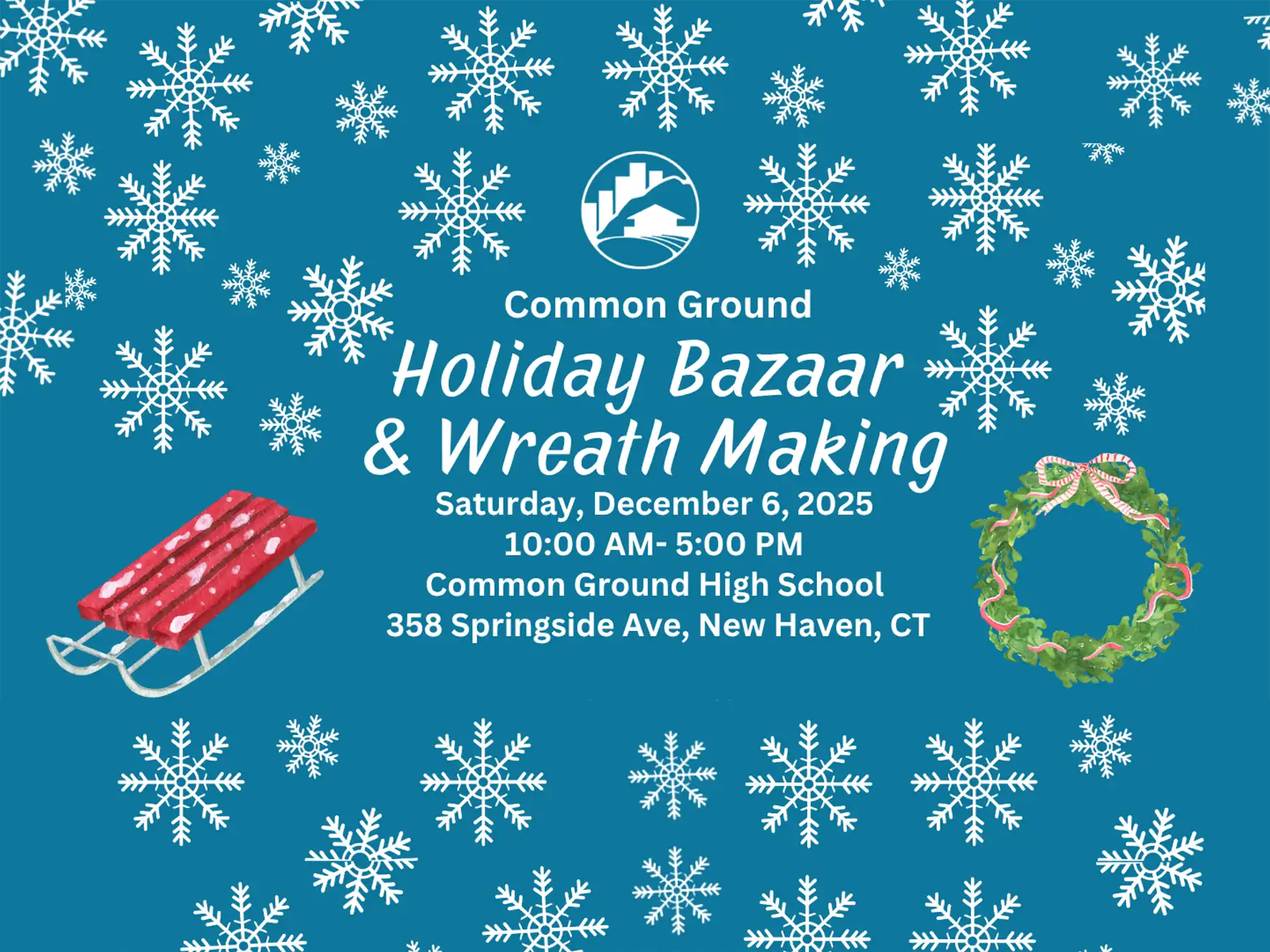Leave the Leaves; Nurture the Nature

Fall is a wonderful time to enjoy the changing color of the leaves, the quiet and the denizens of the woods, such as deer, turkeys, and other birds. The beauty, serenity and benefits of wild spaces can also be cultivated at home if our landscapes mimic the natural processes of native trees and shrubs. Along with the beauty, autumn brings the burden of what to do with all the fallen leaves. The tranquility of the season is disrupted by the roar of leaf blowers as they remove every last leaf from the monoculture that is the typical suburban lawn. Fortunately, leaves do not need to be a burden, but can be treated as a useful resource.
By being mindful of the purpose of fallen leaves in nature, you can easily create meaningful habitat, that is, space that provides food and shelter for many beneficial animals and plants, outside your own home, regardless of lot size. Remember, pine needles are leaves also. Before we explore alternatives to removing leaves, let’s consider the role fallen leaves have in the environment.
Dead leaves, called leaf litter, contain organic matter and nutrients that are utilized by a wide variety of organisms. Reptiles, birds, and beneficial insects, many of whom are pollinators, need leaf litter to survive and reproduce. Who doesn’t enjoy seeing fireflies perform their light show on a summer evening? Did you know that they are actually beetles and only the males fly? The females hide out in the safety of leaf litter until they find their mates and lay eggs beneath the leaves. The larvae live for 1-2 years in the leaf litter and soil eating snails, slugs, earthworms or small insects. Chemicals in the tails of adults that allow them to light up are used in medicine and science.
Loss of habitat from leaf removal, along with the disruption of animals’ behavior from bright outdoor lights at night (see my September 1, 2023 column, www.woodbridgetownnews.com), contribute to declining numbers of fireflies, beneficial insects and birds. Many moths and butterflies overwinter in dead leaves, either as eggs, pupae or adults.
Birds and other insectivores feed on these insects. As the leaves decay, with the help of soil fungi, they add nutrients to the soil feeding the trees from which they fell. Tree nuts, another important food source for many animals, are often lost when leaves are removed.
Removing leaves offsite contributes to the solid waste problem we have in Connecticut. There is no reason for them to be in landfills. There are several eco-friendly ways for handling your leaves.
- Rake them under a few trees to create mini-ecosystems.
- Shred the leaves where they lay with a mulching mower. This allows for quicker decomposition which provide necessary nutrients for your lawn. This action alone obviates the need to purchase chemical lawn fertilizers (which have many negative environmental consequences).
- Replace expensive wood mulch with leaves in your landscape beds. Wood mulch requires a lot of energy to produce and deliver to your home, whereas leaf mulch comes at no cost and enriches the soil, holds in moisture, helps protect your plants, and provide shelter for beneficial insects.
- Make your own compost. Leaves can be composted alone or added to your yard and garden clippings/vegetable scraps compost pile. Shredding them will speed up the composting process, but isn’t necessary. The compost produced is free fertilizer.
Depending on how many leaves you have, a combination of these strategies is likely most desirable. The benefits of keeping leaves on your property also include improvement to physical and mental well-being and keeping more money in your wallet. Using a hand rake instead of a noisy, polluting blower offers wonderful aerobic exercise. Be mindful of how your body feels and don’t do too much at once. There’s no hurry. Make it a family event. Allow other stresses in your life to melt away as you breath in cool fresh air as you work. It is not only nature that is nurtured when you engage in these eco-friendly practices.
In the following spring and summer, keep a journal to note any changes in your home’s local ecosystem that you see. Take pride in the results of leaving the leaves. You deserve it!!
Trails Update: On November 12th, a group of volunteers cleared a new trail in the Park Lane area from Krum Elbow to the Blue trail, east of the new solar farm. I hope you’ll check it out. The next second Sunday of the month trail cleanup/maintenance event is scheduled for December 10th from 11:00 am - 12:30 pm. If you would like to be on the email list for these events or would like to report any issues on a specific trail, please visit http://woodbridgetrails.org/ or email me at trailmaster@woodbridgect.org. Please remember that to enable everyone to equally enjoy our wonderful open spaces, motor bikes are not allowed, dogs must be leashed and all trash, including dog waste, must be carried out with you.
Andrew Danzig is the Woodbridge Trailmaster and a UConn certified Advanced Master Gardener.
This is an opinion not necessarily endorsed by the Woodbridge Town News.










